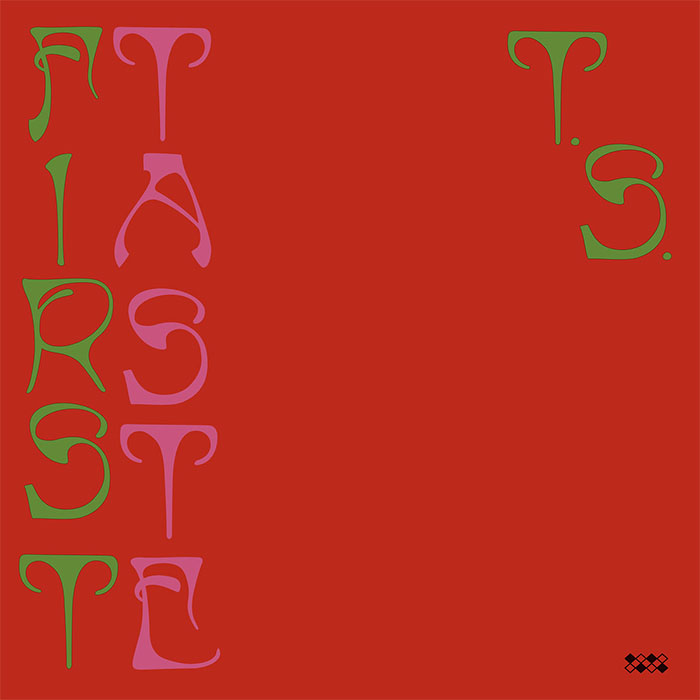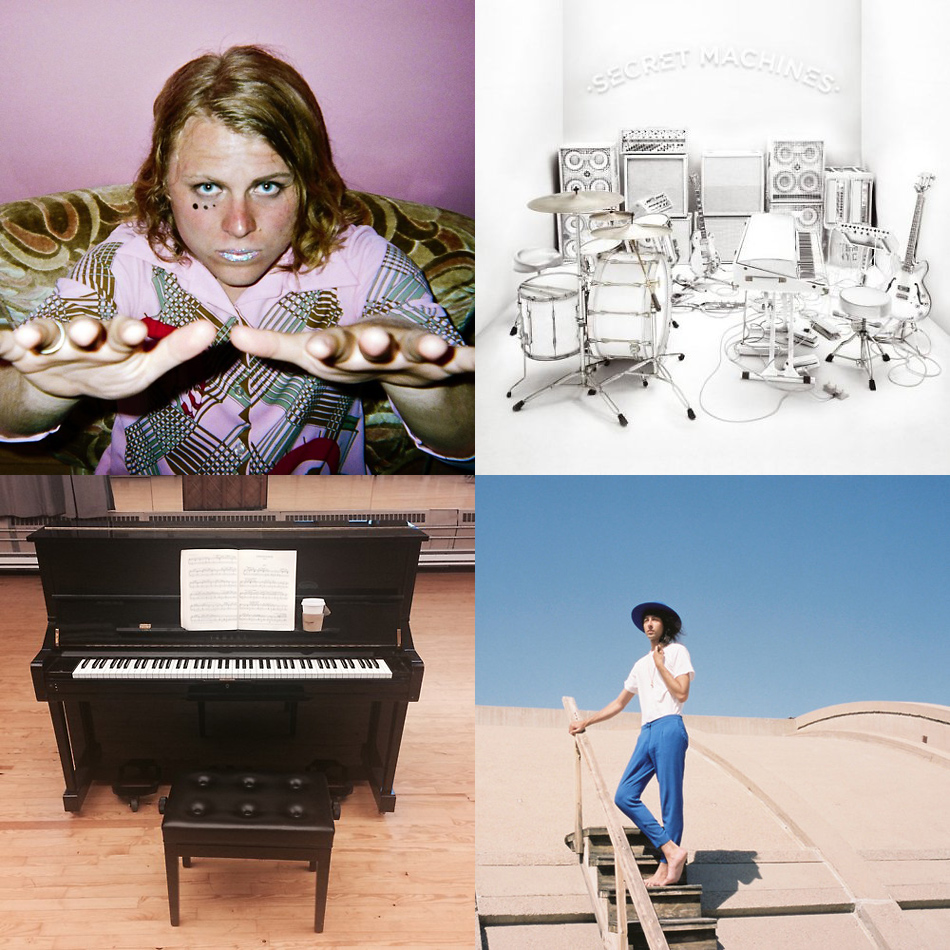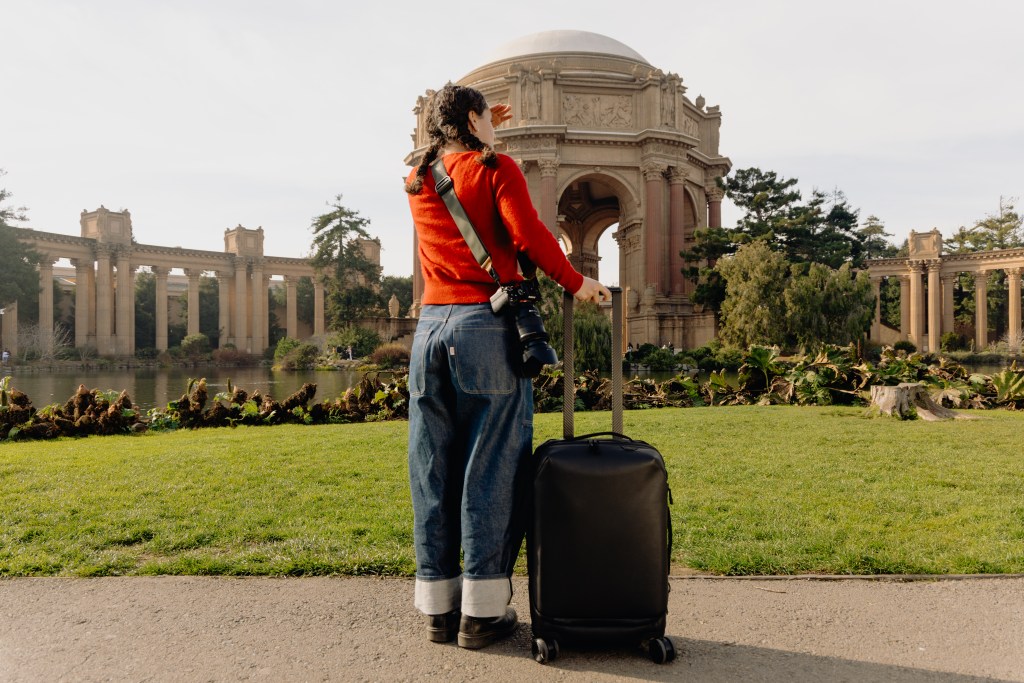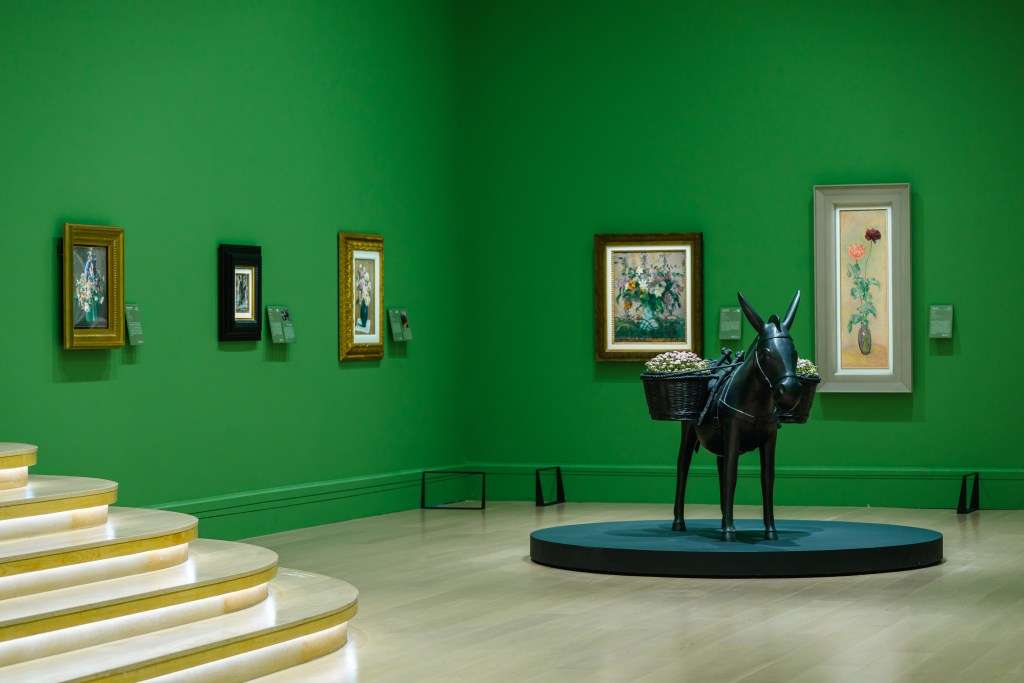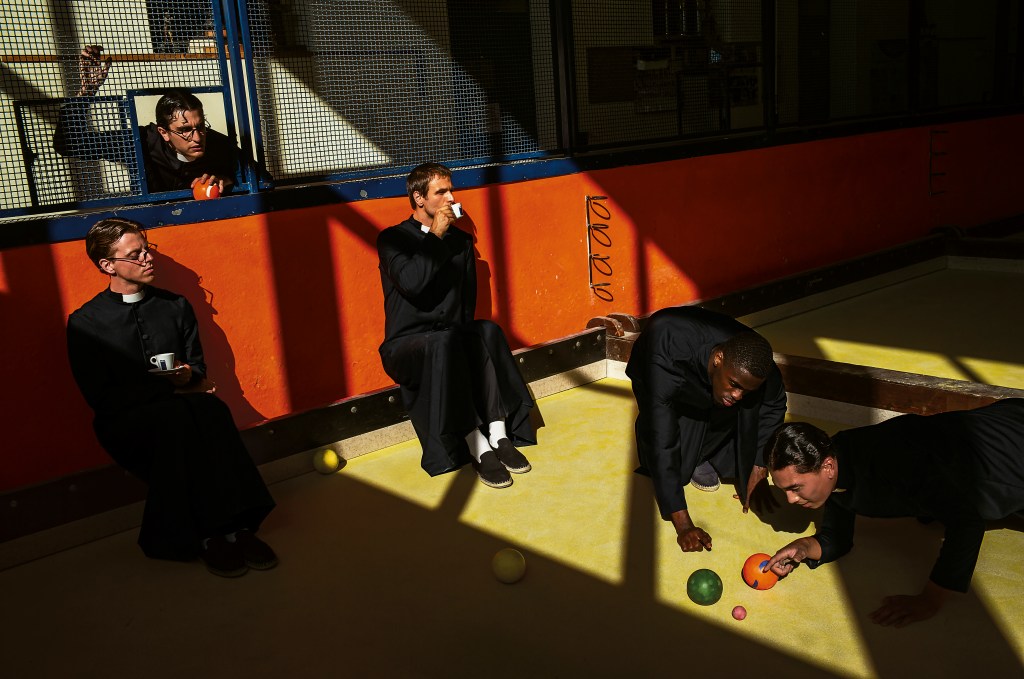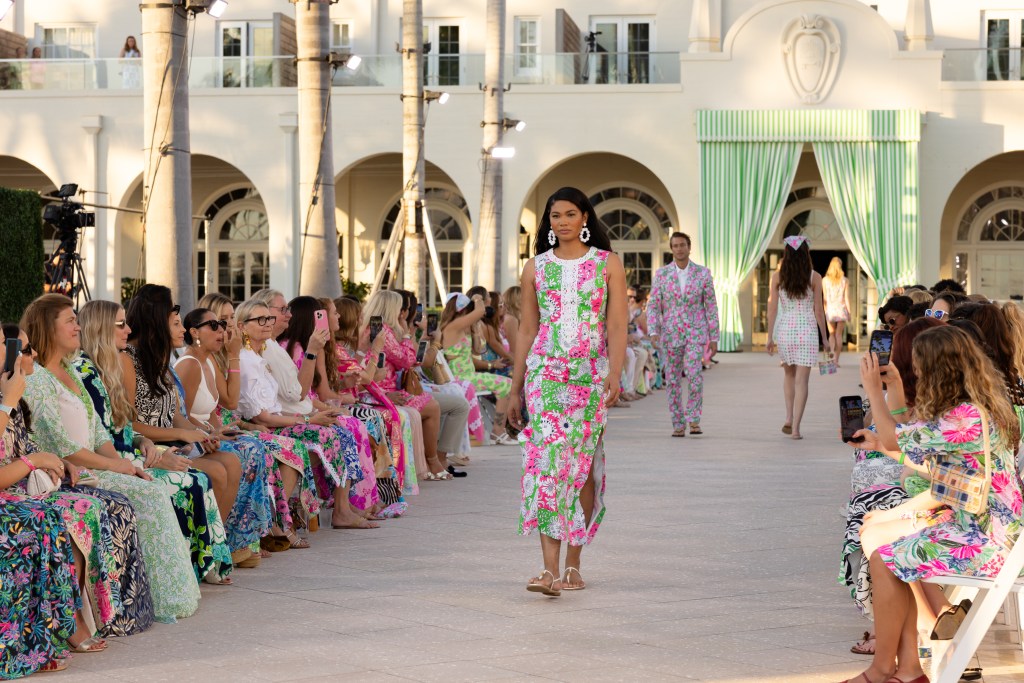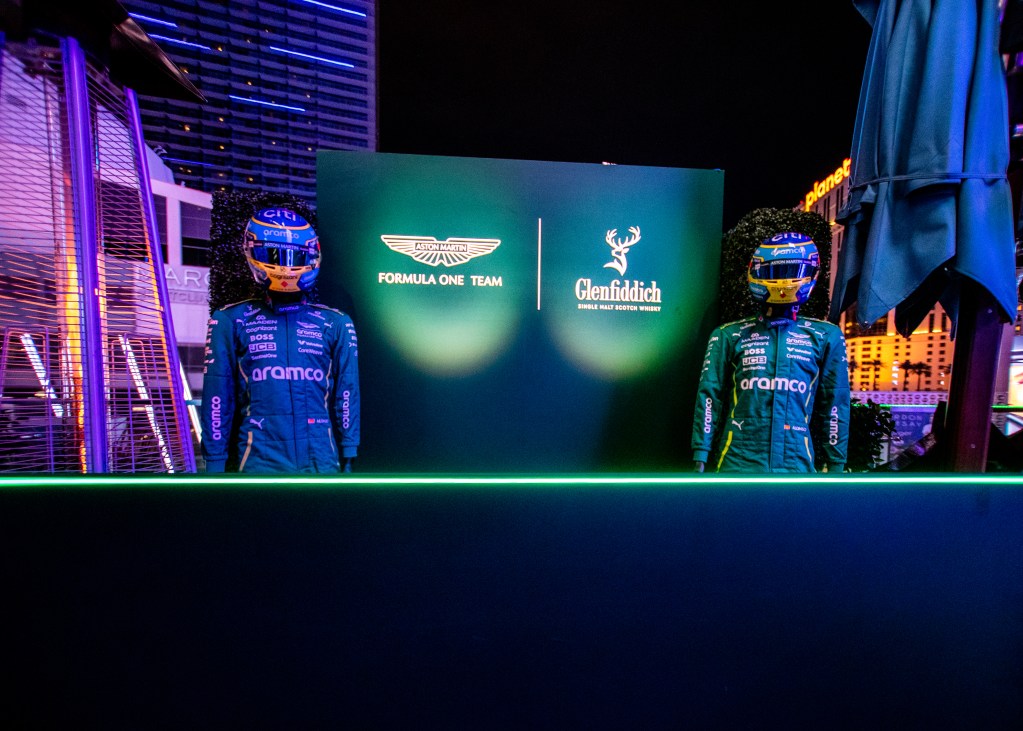Interview: Ty Segall
The prolific musician on his new record, early influences and recording in Creedence Clearwater Revival’s studio


At just 25 years old, Ty Segall‘s music career is already well beyond his years. With credibility among his fellow musicians, serious critical acclaim and production credits on more albums than you can shake an axe at, Segall always has a project in the works. Last year he released three full-length albums and seemingly didn’t stop touring. Segall represents a welcome change in the contemporary approach to music, and it’s one void of irony. He exudes optimism and approaches music positively, without a hint of jadedness. Essentially, he’s happy to be doing what he loves and is good at it.
With a style ranging from Black Sabbath-inspired metal to ’60s psychedelic rock to honest indie punk rock, Segall is bringing out a new sound with his latest album Sleeper released today, 20 August 2013, on Drag City. This LP is markedly more mellow than any of his previous efforts—with mostly acoustic guitars and string accompaniment calling to mind Harvest-era Neil Young.
Formerly based in San Francisco’s garage rock scene, Segall spoke to us from his new home and studio in Los Angeles—closer to his hometown of Laguna Beach, his family and the surfing beaches he grew up on.
What are some of your early influences?
I listened to oldies radio stations as a kid; lots of Kinks and Beatles and ’50s hits. There’s this killer station in LA, K-EARTH 101, but it’s not really that cool anymore. I mean, now oldies spans into the ’80s. First it creeped into the ’70s and they started playing disco—I love some disco, there’s some great disco out there but it’s not oldies. Then I got into classic rock like Cream and Creedence, then when I was 14 I got into punk. Eventually, I got really into the early ’80s and late ’70s New York dance music, the no-wave stuff and then sort of back into ’60s psychedelic and garage stuff. It goes on and on.
Your music, especially Sleeper, sounds like something my dad would be listening to in his truck.
Whoa, thanks a lot, man. That’s really rad. I’m really stoked on that. I guess I never really thought about it that way. It’s mostly based on music I like—I’m really into old records. I like some modern music but that’s not really where my head’s at, you know? I’m into the older stuff.

What inspires you outside of music?
I’ve always been interested in the brain and human processes—things like human motivation and philosophy. As a kid I was pretty obsessed with existentialism and nihilism and all kinds of philosophical questions. It still drives a lot of my questions about life and what I want to get out of it. I’m inspired by novels, historical writing, my friends, the influences are endless.
You’ve recorded entire records, with multiple instruments, by yourself. What’s that like?
It’s really cool. You can start and stop whenever and however you want to. It’s good and bad to have this really open-ended way of working. I mean you can work on something too long and kill the joy and the vibe. You’ve got to find a middle ground and keep going. Sleeper was recorded in my old room in San Francisco and it was really weird to wake up and just start working on it. It’s easy to do though. I mean if you have a few hours, you can record a bunch whenever you want. If it’s what you love to do, you find time.
I mean, I know people who aren’t into recording and want to play shows all the time, but for me, it’s what I love to do. I’m stoked to do it and it’s not a huge undertaking. What’s cool is you can start from scratch and make it different over time. You can start with drums or guitar or whatever. Then add to it and make it how you want it. On Sleeper I did everything myself except for the strings and I did it all in my bedroom.

I can’t believe you recorded this in your bedroom, it’s got so much depth.
Thanks a lot, man. That’s another thing about recording yourself at home. Lots of cool things can happen. I mean, I misplaced mics a few times and then listened to it back and really liked how it turned out. If I was in a studio that wouldn’t happen and it wouldn’t have the same sound.
For Twins Eric [Bauer] and I recorded it at his house along with Goodbye Bread and Melted, he does the sound engineering and I mixed them. With Twins we tried something different. We recorded it at his house then we listened to it and said, “What can we do to make it better?” So we completely recorded it again and called it Twins. Instead of mixing it at his house we took it to Berkeley, and mixed it with Creedence’s old gear at a studio they always used. It was basically a few of us and this insanely old gear. It’s not even hard to use. A lot of people use computers for everything now and the sound can be really boring. You’ve gotta sweat for it man.
What’s next?
My other band Fuzz has an LP coming out in October; a single comes out the same day, then I’m going to tour around Europe and the US. I’m working on another record as well. I’m really taking my time. I don’t want to rush my next record. I’m gone a lot of the time so I’m trying to catch up with friends and family at night and record at home during the day. I just moved from San Francisco back to LA. My friend and bandmate Mikal [Cronin] has a new record out, MCII; it’s really rad, you should check out.
Segall’s new lush, acoustic record Sleeper is out today. Segall is currently touring across the US and Europe.
Images by Denee Petracek
